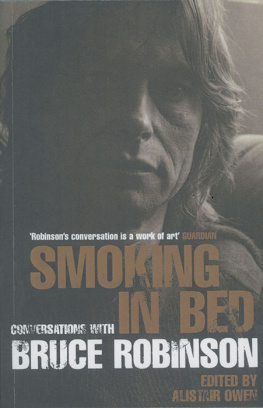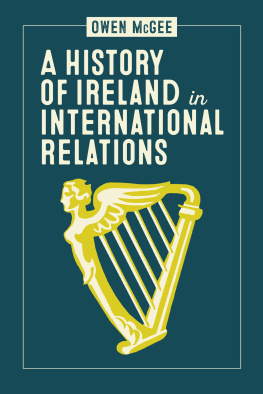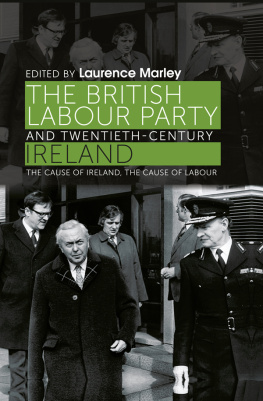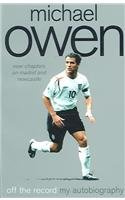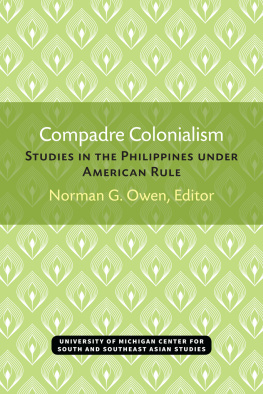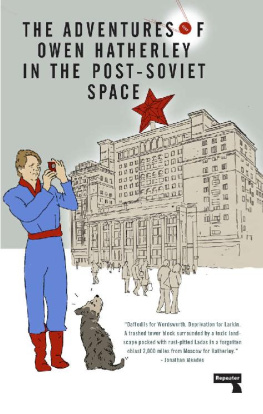Library of Congress Cataloging-in-Publication Data
Names: Ireland, Owen S., author.
Title: Sentiments of a British-American woman : Esther DeBerdt Reed and the American Revolution / Owen S. Ireland.
Description: University Park, Pennsylvania : The Pennsylvania State University Press, [2017] | Includes bibliographical references and index.
Summary: Explores the life and work of political publicist and strategist Esther DeBerdt Reed, who, in a life highly structured by conflict, national identity, religion, and the overall importance of being a wife and mother, gave eloquent expression to the political aspirations of female patriots in Revolutionary AmericaProvided by publisher.
Identifiers: LCCN 2017035006 | ISBN 9780271079288 (cloth : alk. paper)
Subjects: LCSH: Reed, Esther, 17471780. | Women political activistsUnited States- Biography. | Politicians spousesUnited StatesBiography. | United StatesHistoryRevolution, 17751783WomenBiography. | United StatesHistoryRevolution, 17751783. | United StatesPolitics and government17751783.
Classification: LCC E302.6.R29 I74 2017 | DDC 973.3/1092 [B] dc23
LC record available at https://lccn.loc.gov/2017035006
Copyright 2017
Owen S. Ireland
All rights reserved
Printed in the United States of America
Published by
The Pennsylvania State University Press,
University Park, PA 16802-1003
The Pennsylvania State University Press
is a member of the
Association of American University Presses.
It is the policy of The Pennsylvania State University Press to
use acid-free paper. Publications on uncoated stock satisfy
the minimum requirements of American National Standard
for Information SciencesPermanence of Paper for
Printed Library Material, ansi z39.481992.
Additional credit: Charles Willson Peale, Esther DeBerdt Reed. Courtesy The Frick Collection.
I would like to thank those who have encouraged, supported, and facilitated research on this project as well as those who have read and criticized earlier versions of it: Dr. Paul Yu (deceased), president, SUNY College at Brockport; Colleen Donaldson, grants development director, SUNY College at Brockport; The Research Foundation, SUNY; The Gilder Lehrman Institute of American History; Dr. Ursula Masson (deceased), West of England and South Wales Womens History Network, University of Glamorgan, Pontypridd, Wales, U.K.; Dr. Lee Ann Caldwell, Georgia College and State University; Dr. Susan Klepp, Temple University; Dr. Elsa Nystrom, Kennesaw State University; Dr. Jean Soderlund, Lehigh University; Dr. Patricia Veasey, curator, Museum of York County, Rock Hill, South Carolina; Dr. Susan Branson, Syracuse University; and my colleagues in the Rochester United States Historians [RUSH] working-paper group, headed by Dr. Alison Parker, SUNY Brockport, coordinator.
Dr. John Frantz, Penn State University (emeritus), has been a friend, counselor, and critic during much of my professional career, and in one way or another he prepared the way for this study of Esther DeBerdt Reed and politics in Revolutionary Pennsylvania. William Pencak, Penn State University (deceased), often in conjunction with John Frantz, provided me with opportunities to publish my research on Revolutionary Pennsylvania. The substance of in the current volume appeared in a somewhat different format in Pencaks edited volume Pennsylvanias Revolution (University Park: Penn State University Press, 2010).
Megan Webb-Morgan and Shannon Symonds found books, copied articles, prepared bibliographies, and did well all those things that research assistants do, and in addition Megan performed the herculean task of checking my citations. Lori DeLoe undertook research for me in London on Esthers family history and provided me with photographs of places in Esthers world that today might look as they did when Esther saw them. Jeffrey Macechak, education director of the Burlington [New Jersey] County Historical Society, helped my wife, Susan, and me to better understand the geography of Burlington. And never to be forgotten, the industrious, ingenious, and ever-patient staffs of the New-York Historical Society, the Historical Society of Pennsylvania, and the New York Public Library, where the Rose Main Reading Room provides a near-perfect place to read, think, and write.
I owe a special debt of gratitude to Dr. Tonio Andrade, professor of history at Emory University, who offered me encouragement, wisdom, and guidance at an important juncture in the evolution of this project.
The work of two historians did much to shape my thinking about Esther DeBerdt Reed and women in the late eighteenth-century English-speaking world when I began this study: Jean Soderlund and Wayne Bodle. Soderlund urged historians to see women as central to the Revolution, to go beyond the long-standing emphasis on New England, and, when we look at the mid-Atlantic region, to transcend the past emphasis on the female Quaker experience (Jean R. Soderlund, Women in Eighteenth-Century Pennsylvania: Toward a Model of Diversity, Pennsylvania Magazine of History and Biography 115 [April 1991]: 16383). Soderlund also cautioned against judging women in the past by anachronistic standards. I interpret that to mean that we should attempt to meet the women of the past on their own terms, to historicize, if you will, the lives of the women we study. Thus, to understand particular women in a particular context, the important question is whether they felt a sense of efficacy in shaping their own lives, and in influencing the lives of those people most important to them in those areas of greatest significance to them (Jean R. Soderlund, Womens Authority in Pennsylvania and New Jersey Quaker Meetings, 16801760, William and Mary Quarterly 44 [October 1987]: 72249. Wayne Bodle demonstrated that although the law generally denied a married woman the right to act politically or, on her own behalf, to buy, own, or sell property, to enter into legally binding contracts, or to sue or be sued, Jane Bartram, a contemporary of Esthers in Philadelphia, managed to do most of these things (Wayne Bodle, Jane Bartrams Application: Her Struggle for Survival, Stability, and Self-Determination in Revolutionary Pennsylvania, Pennsylvania Magazine of History and Biography 115 [April 1991]: 184200).
At the beginning, I also relied heavily on the work of Linda Kerber and Mary Beth Norton, both of whom had written useful short treatments on Esther, The Sentiments, and the Ladies Association. As the manuscript approached conclusion, I was blessed with the criticism of Dr. Rosemarie Zagarri, who read the entire manuscript twice and offered detailed, and on occasion line-by-line, criticism. Finally, in preparing the manuscript for publication, I am deeply indebted to Kathryn Yahner at Penn State University Press. She has been kind, critical, persistent, and endlessly helpful. This will be a far better book as a result of her efforts. Thanks also to the extraordinary effort of the anonymous reader who twice provided a close reading of the text, much to my benefit.





